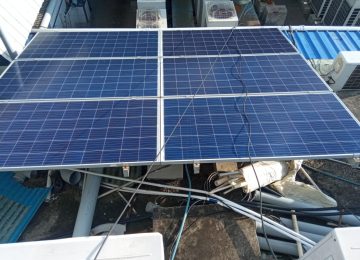A new study by the Centre for Social and Economic Progress (CSEP) reveals that India faces a $467 billion climate finance shortfall to decarbonize four key sectors—power, road transport, steel, and cement—by 2030.
The report, co-authored by economists Janak Raj and Rakesh Mohan, uses a “bottom-up” approach to identify sector-specific needs, a departure from previous broad, “top-down” estimates. The total requirement averages $54 billion annually, or 1.3% of India’s GDP.
The heaviest financial burdens:
One of the key findings of the study is the disproportionate financial need of hard-to-abate sectors.
The steel sector requires the largest investment at $251 billion, followed by the cement sector at $141 billion. Decarbonization in both industries relies heavily on expensive technologies like carbon capture and storage (CCS).
Power and transport: lower but still significant needs:
The power sector’s climate finance requirement is estimated at $57 billion. This includes:
$47billion to shift from fossil fuels to renewables and an additional $10 billion for storage costs. The road transport sector needs an estimated $18 billion, with $10 billion for the transition to electric vehicles (EVs) and $8 billion for charging infrastructure.
Fiscal constraints and private sector role:
The report highlights India’s limited fiscal space due to a high government debt-to-GDP ratio.
Therefore, it suggests that the bulk of climate action must be financed by the domestic private sector. To facilitate this, the study recommends continued fiscal consolidation to free up resources and encourage private savings.
Policy recommendations:
The CSEP study offers targeted policy recommendations for each sector. For steel and cement, it advises incentivizing private investment and seeking international cooperation for technology transfer.
For road transport, the government should take the lead on charging infrastructure and implement regulations to promote the shift to EVs.
For the power sector, the report recommends accelerating the transition to renewables and investing in R&D for grid management and storage.












